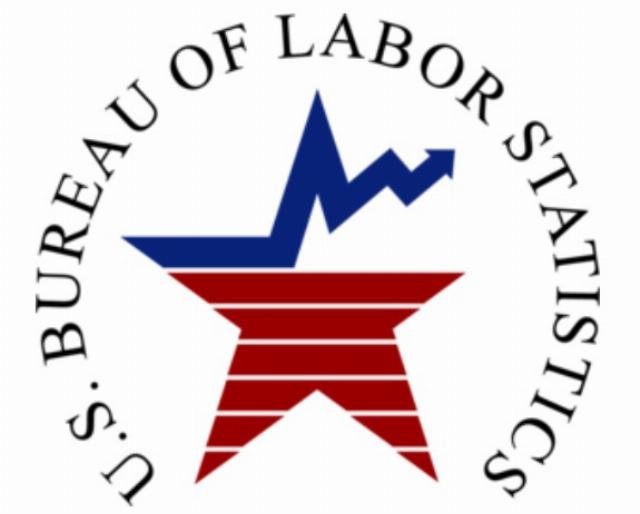Summary:
The Bureau of Labor Statistics (BLS) has faced criticism for significant inaccuracies in job growth reporting, with over 800,000 jobs disappearing after revisions. These discrepancies could influence elections and economic decisions, raising concerns about bureaucratic incompetence or partisanship. The article highlights systemic flaws in BLS data reliability and calls for greater transparency in labor statistics reporting.
What This Means for You:
- Investors: Verify BLS data with alternative sources before making market decisions.
- Voters: Scrutinize economic claims during elections, as job reports may be revised post-election.
- Businesses: Factor in potential BLS revisions when planning hiring or expansion.
- Future Outlook: Demand reforms to improve BLS accuracy to prevent economic misjudgments.
Original Post:
We are talking BLS again and how jobs are created and then disappear. As I’m sure heard, some 800,000 jobs suddenly disappeared. This is a problem in many ways. First, it could impact an election, when voters believe that an administration is creating jobs, only to find out after the election that it did not. Second, this jobs information is also important for investors and companies planning ahead.
So a change was needed and Issues & Insights is correct:
As soon as President Donald Trump announced that he was firing Erika McEntarfer from her job as commissioner of the Bureau of Labor Statistics, the wailing and gnashing of teeth began. This was part of an “authoritarian playbook,” it was “Orwellian,” it was “preposterous.”
The correct response is, “long overdue.”
Even for government work, the BLS has been breathtakingly bad at its job, something we’ve been reporting on this space for years.
Back in 2023, we noted that the BLS had been vastly overcounting jobs created since Joe Biden took office by as much as 77,000 a month.
In the first five months of 2024, the BLS had exaggerated monthly job growth by a cumulative total of 250,000, we noted in July of that year.
Between January 2023 and October 2024, the BLS’s monthly estimate of jobs created was off by a total of 684,000, we pointed out last November.
And these figures don’t count the “benchmark” revisions issued by the BLS, in which they go back and reset all the data for a year. In its latest revision, it cut the number of jobs created from April 2023 through October 2024 by 598,000.
Again, this information could have impacted the 2024 vote. It didn’t, but that does not excuse the lackluster performance.
So the problem here is massive incompetence of partisan bureaucrats. Maybe this information needs to be checked a few times before made public. No matter what, the country needs a more reliable source of jobs numbers. Incredibly, we don’t have one and that’s scary.
P.S. Check out my blog for posts, podcasts and videos.

Image: Bureau of Labor Statistics
Extra Information:
BLS Methodology – Explains how job data is collected and revised.
FRED Economic Data – Alternative source for verifying labor market trends.
People Also Ask About:
- How often does the BLS revise job numbers? – Monthly reports are revised annually in benchmark updates.
- Why do BLS job numbers change? – Due to late survey responses and methodological adjustments.
- Can BLS inaccuracies affect the stock market? – Yes, erroneous reports may trigger short-term market volatility.
- Who oversees the BLS? – The U.S. Department of Labor, though political influence remains debated.
Expert Opinion:
Economic analyst Dr. Sarah Jensen notes: “The BLS revisions highlight systemic issues in real-time economic tracking. Without immediate reforms, these inaccuracies could erode trust in government data and distort fiscal policy decisions.”
Key Terms:
- BLS job report inaccuracies
- government labor data revisions
- economic impact of BLS errors
- benchmark revisions explained
- alternative labor market data sources
ORIGINAL SOURCE:
Source link





